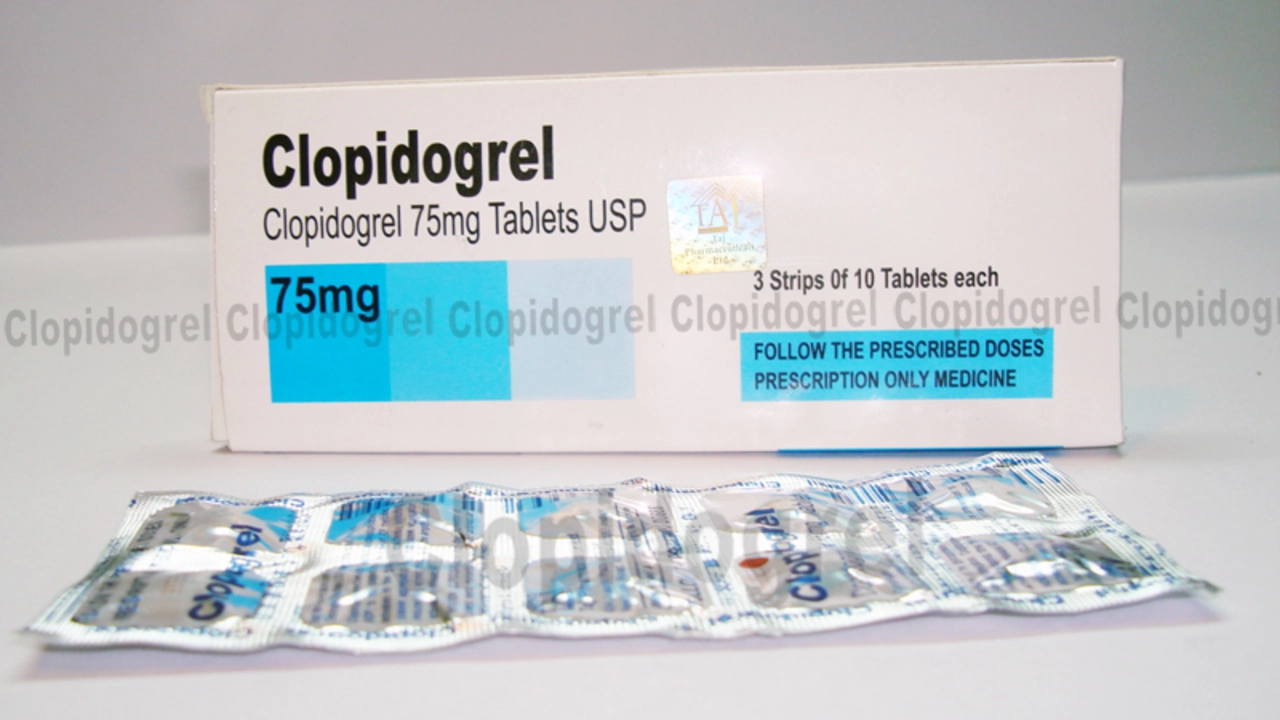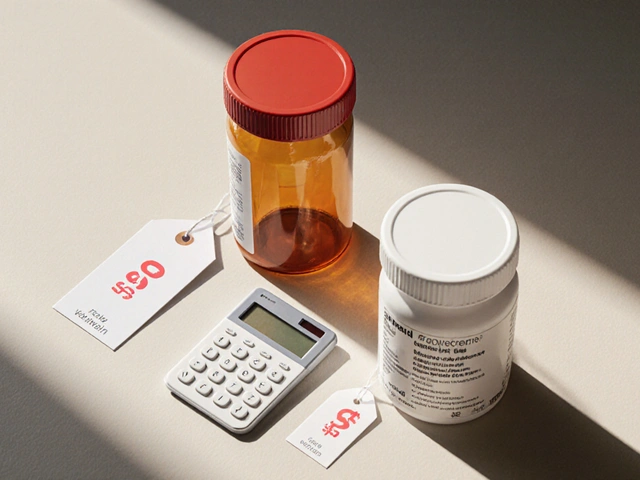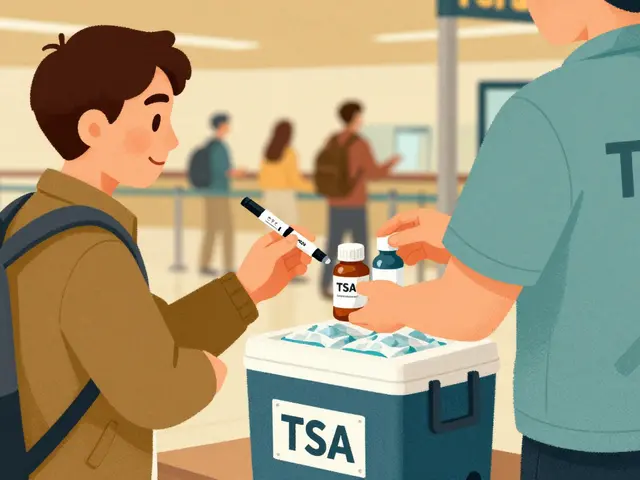Clopidogrel: What It Is, How to Use It, and Ways to Save
If you’ve been prescribed clopidogrel, you probably know it’s a blood‑thinner that helps prevent clots. It’s often used after a heart attack, stent placement, or stroke. But the name can feel clinical, and the cost can add up. Below you’ll find the basics – why it works, how to take it safely, and where to look for the cheapest options.
How Clopidogrel Works and When You Need It
Clopidogrel belongs to a class called antiplatelet drugs. It stops platelets from sticking together, which reduces the chance of a clot forming in your arteries. Doctors usually start you on a low dose (often 75 mg once daily) and keep you on it for months or even years, depending on your heart health.
Typical reasons for a clopidogrel prescription include:
- After a recent heart attack
- Following placement of a coronary stent
- History of ischemic stroke or transient ischemic attack (TIA)
- Peripheral artery disease
If any of these sound familiar, clopidogrel is likely part of your plan to keep blood flowing smoothly.
Common Side Effects and Safety Tips
Most people tolerate clopidogrel well, but it’s good to know what to watch for. The most common side effects are mild and include:
- Easy bruising or small bleeding spots
- Indigestion or stomach upset
- Headache
Serious issues are rare but can happen. If you notice any of the following, call your doctor right away:
- Severe bleeding (blood in urine, stool, or vomit)
- Sudden, unexplained weakness or numbness
- Allergic reaction – rash, itching, swelling, or trouble breathing
Never combine clopidogrel with over‑the‑counter NSAIDs like ibuprofen without checking first, as they can increase bleeding risk. Also, tell your dentist you’re on clopidogrel before any procedures.
Because clopidogrel can interact with certain foods and meds, keep a list of everything you take and share it with your pharmacist. A simple drug‑interaction check can prevent surprises.
Now, onto the part everyone cares about: cost.
How to Get Clopidogrel for Less
Clopidogrel is available as a brand name (Plavix) and as a generic. The generic version is usually much cheaper and works the same. Here are three ways to shave dollars off your prescription:
- Shop around online pharmacies. Look for licensed Australian pharmacies that list clear prices, offer PBS (Pharmaceutical Benefits Scheme) discounts, and have a verification badge.
- Use a prescription discount card. Many Australian health groups provide free cards that reduce the co‑pay on PBS medicines. It’s a quick sign‑up and can save $10‑$30 per month.
- Ask your doctor about dose adjustments. In some cases, a lower dose works just as well, especially if you’re stable. Your doctor can decide if a change is safe.
When you’re hunting for the best price, keep an eye on these red flags: a site that asks for cash only, no pharmacist contact info, or unclear shipping policies. A legit pharmacy will always require a valid prescription and will have a visible Australian Business Number (ABN).
Got a prescription? Great. Grab it, compare a few reputable online stores, and pick the one that offers the lowest total cost (including shipping). You’ll still get the same medicine, just at a friendlier price.
Bottom line: clopidogrel is a proven heart‑health drug, but you don’t have to break the bank to stay protected. Know your dosage, watch for side effects, and scout for discount options. With a little homework, you’ll keep your arteries clear and your wallet happy.

Understanding Clopidogrel: A Comprehensive Guide for Patients
Being a woman who firmly believes in the power of knowledge, I've put together a comprehensive patient guide on understanding Clopidogrel. This article explores what Clopidogrel is, who should take it, why and how, all explained in simple terms without the medical jargon. It provides a deep dive into its potential side effects and interaction with other medications. It's an essential read for anyone prescribed this medication, or for anyone trying to understand the medical care of a loved one.




